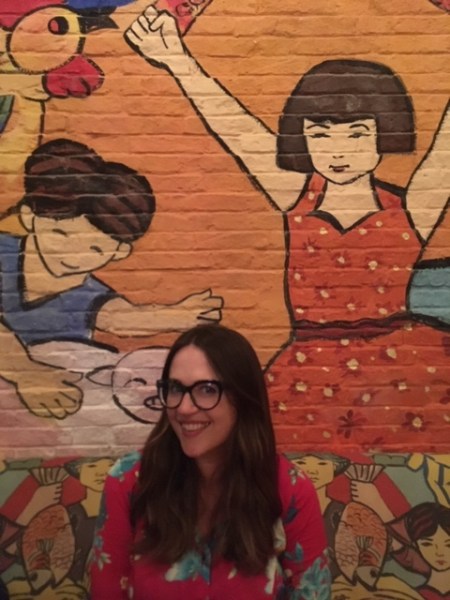 The last post in our symposium on Sophie Harman’s Seeing Politics, from the author herself. Sophie Harman is Professor of International Politics at Queen Mary, University of London. Sophie’s research focuses on visual method and the politics of seeing, global health politics, African agency, and the politics of conspicuously invisible women. She has pursued these interests through projects on Global Health Governance, the World Bank and HIV/AIDS, partnerships in health in Africa, the 2014/15 Ebola response, the governance of HIV/AIDS, and her recent film project, Pili, for which she was nominated for a BAFTA as in the category of Outstanding Debut by a British Writer, Director, or Producer. Apart from Seeing Politics, Sophie’s recent publications include ‘Why It Must Be a Feminist Global Health Agenda’ in The Lancet (with Sara Davies, Rashida Manjoo, Maria Tanyag and Clare Wenham), and ‘Governing Ebola: Between Global Health and Medical Humanitarianism’ in Globalizations (with Clare Wenham(. She is also a Co-Editor of Review of International Studies, and the recipient of numerous grants and awards.
The last post in our symposium on Sophie Harman’s Seeing Politics, from the author herself. Sophie Harman is Professor of International Politics at Queen Mary, University of London. Sophie’s research focuses on visual method and the politics of seeing, global health politics, African agency, and the politics of conspicuously invisible women. She has pursued these interests through projects on Global Health Governance, the World Bank and HIV/AIDS, partnerships in health in Africa, the 2014/15 Ebola response, the governance of HIV/AIDS, and her recent film project, Pili, for which she was nominated for a BAFTA as in the category of Outstanding Debut by a British Writer, Director, or Producer. Apart from Seeing Politics, Sophie’s recent publications include ‘Why It Must Be a Feminist Global Health Agenda’ in The Lancet (with Sara Davies, Rashida Manjoo, Maria Tanyag and Clare Wenham), and ‘Governing Ebola: Between Global Health and Medical Humanitarianism’ in Globalizations (with Clare Wenham(. She is also a Co-Editor of Review of International Studies, and the recipient of numerous grants and awards.
The full collection of contributions to the Seeing Politics symposium is now accessible here.
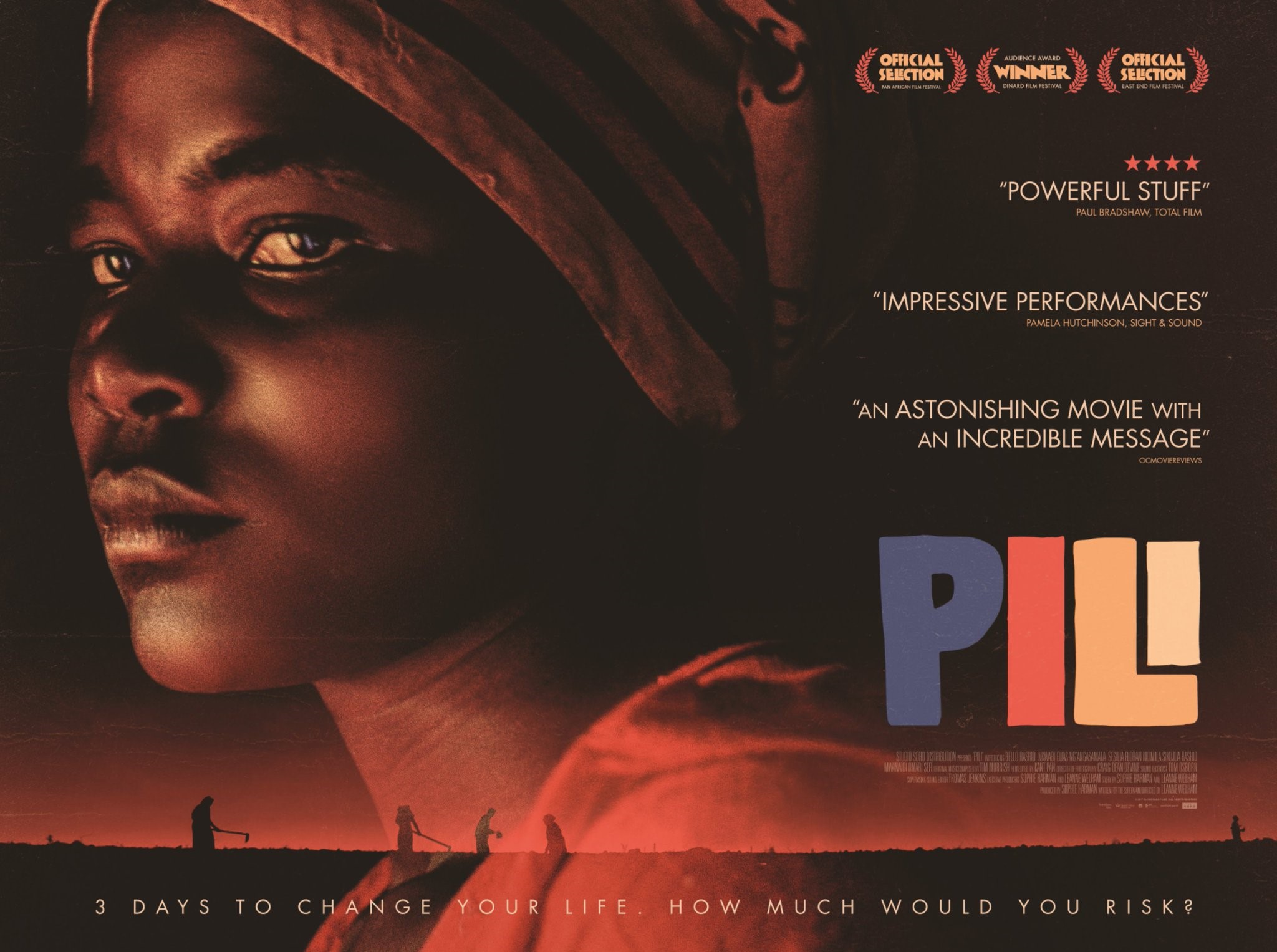
When things get a bit much at work it is not uncommon to hide in the loo. When you are shooting a film scene in fields without a nearby loo, everyone demanding something from you (new, better umbrellas to shelter from the heat, more money for the field manager, colder water), you find yourself escaping for a pee in a pineapple field. It was during a trip to a pineapple field that the thought occurred to me, I wonder what notable Professors of International Relations (IR) around the world are doing right now? Quickly followed by, what on earth am I doing? Very few people in the field of IR seem to think what I’m doing is real research, why didn’t I just write a book about the 2014/15 Ebola outbreak? I’m peeing in a pineapple field: no-one is going to take this work seriously. Based on these five thoughtful and generous reflections on Seeing Politics, I was clearly wrong.
Not only is this type of work taken seriously, there seems to be genuine hunger or, at the very least, curiosity, for new, visual methods, and an honesty to the politics of co-production among academic researchers. As the excellent contributors to this Symposium clearly show, tensions and questions persist over the use of visual politics, narrative, co-production, representation, knowledge, and disciplinary boundaries that sit uneasily within not just International Relations, but academia more broadly. What is refreshing about the five interventions is a willingness to not dodge the discomfort in these questions. I am so grateful to each contributor for reading Seeing Politics in such detail, really engaging in what I was trying to do, and offering new insights that I had not even thought about. I am especially grateful for each of them taking time during busy periods of their academic life: each contribution was written in the midst of PhD reviews, marking season, research Directorships, and of course their own research and writing projects. Thank you Paul Kirby, editor of the Disorder of Things. n the Q&A that followed a screening of Pili at the European International Studies Association (EISA) in Barcelona 2017, Pablo suggested that he sort of wished I wasn’t writing a book about the film, so that it could just stand by itself. I don’t know if he’s changed his mind, but I am flattered he suggested the idea of this symposium and grateful for his patience and advice and for making this happen.
Several themes emerged across the five essays: narrative and story-telling, vocalisation and visualisation, experiencing and explaining politics, and not only why and how we research international politics, but who the research is for. Laura J. Shepherd’s introduction to the symposium begins with the importance of story-telling in the Western Anglophone. Story-telling is not limited to the Western Anglophone (something literary criticism is starting to recognise) but is a fundamental social and political practice throughout the world that helps make sense of the world and how it came to be. This can range from the stories out families tell us about our history, to what states and citizens tell themselves about their own history, to how we tell stories about our research and understanding of the world, and how stories and narratives contradict and challenge each other. Stories inform our identity, how we make sense of the world, and how we relate to each other. Given the importance of narrative and the stories we tell, see, and shape our world view, and what I was trying to do with Pili, I could have made more of the literature and debates in this aspect of IR. Perhaps. The cowards reply to Shepherd here would be that I was exhausted with ‘turns’ when situating the book: the problem in writing a book that does not fit within Shepherd’s ‘disciplining of the discipline’ is how and where to position the book. I had an unwieldy chapter 1 where debates on narrative, story-telling, and auto-ethnography all got chopped.
The more/less cowardly answer is a fear of the palimpsest. As Shepherd insightfully notes the book shows how making a film is a complicated endeavour and ‘Making a researcher is similarly so, and that, for me, is the text that emerges as a palimpsest.’ In many ways for all that Seeing Politics is about film, co-production, and knowledge, it can fundamentally be read as a book about research, researchers, and the stories we tell ourselves and write. I have an uneasy relationship with this palimpsest, in particular the problem of erasure inherent within it: that the palimpsest of the book does not erase the stories of Pili. It is a strength of Shepherd’s essay that in one sentence she hits the biggest source of my unease: the palimpsest is not just the book, as audiences for the film grow and people want to learn more about it in audience Q&As, marketing, and promotion, the voices and narrative that were so important to the film risk erasure to the bigger narrative of the politics of seeing how the film was made. Audiences ask me how ‘Pili’ is (despite her being a character), interviewers want to know why and how the film was made, and the visual narrative of Pili once the film was released is the face of Bello Rashid (‘Pili’) on posters with Director Leanne Welham and I on red carpets, answering questions as to what ‘Pili’ is doing now.
Q&As and responses to both the book and film, suggest audiences want a happy ending. They want the lives of women such as ‘Pili’ to improve. They want me to have a close and ongoing relationship with the women in film. They want the women in the film to show some sort of pleasure, or worse, gratitude, for being in the film. Craig Murphy pinpoints the difficulty with such happy endings. First, experiencing the world as it is leads to seeing some of the worst forms of inequality that exist, so packaging a happy ending narrative is wholly misleading to audiences, however they much they may want it. Second, experiencing the world and explaining it from this basis necessitates an honest reflection on the different relationships we have, both as researchers and as people in our everyday lives. As Murphy states, ‘The moral compasses of all successful field researchers may not point in the right direction, but they do have to be reliable, consistent, and always available’ – in many ways in writing Seeing Politics this is what I was trying to do. Finally, in a world of visual representation there is the happy ending we see – in the case of Pili, pictures of joy from the cast and I at the 2016 and 2018 Tanzania screenings, the fun I had in attending the BAFTAs – and the toll and aspect of people’s lives we don’t see. Murphy suggests he would have liked me to have reflected more on the psychological toll of research of this kind. The toll of the project resulted in me losing more skin pigment, eating too much, jolting awake at night (only in the first month back from Tanzania), writing Seeing Politics and then realising I should probably talk to someone (big thanks to those colleagues who sensed this may be a good idea before I did, with kind and well-timed ‘you okay hon?’ you know who you are Tim, James, and Kim). I deleted the previous sentence seven times as I don’t want this to be the focus of the project or have to discuss it on a future roundtable (I’m not a trained therapist or counsellor, I find it quite boring): I kept it in as I know others face similar dilemmas, and this should be destigmatised, especially for postgraduate researchers. More substantively, I am mindful of how my own well-being is linked with ongoing relationships with the lives of others long after a project has been completed who don’t want to share. As with my fear of the palimpsest, I don’t want Seeing Politics to become about me.
This latter point, highlights one of Jo Vearey’s key responses to the book, there are some voices missing in all this: what do the women think of the film, the book, and the whole process? I can guess; I can draw on their feedback from the 2018 Tanzanian premiere in Dar es Salaam; I can give you the limited responses I get via a third party production assistant/translator from time to time. But really, I don’t know, I haven’t seen the women and thus spoken directly to them for three years. The main reason I have not seen them in three years is the film has not made any money for them: as chapter 2 sets out in detail, no money was promised and expectations were managed, but hope and expectations still exist. I don’t want to disappoint them or let them down (maybe Murphy does have a point that perhaps I should have said more on this): I don’t want to have to defend myself against any accusation that I lied and have kept the money for myself. If asked about the process of making the film, I suspect some of the women would tell me what they think I want to hear or limit their response depending on what they need or want from me, and a handful will tell me what I don’t want to hear. Similar to Vearey’s reflection, this is an addition to the book’s longlist of discomforts: similar to the book, I want to confront this discomfort. My hope is to run a short follow up project for the women to reflect directly on the process five to ten years after production ended. I have some ideas as to how to do this – film and photo elicitation, working with a third party researcher – however as Vearey’s response clearly highlights doing so brings me back to one of the core issues explored in the book: how to reconcile the seemingly irreconcilable tension between intent and process. Substantively, it is not my intention that matters: it’s up to the co-producers of the film – the cast, the crew, the community of women from which the story was drawn – and the interest and value they place in such a project.
Upon his death in May 2019, Binyavanga Wainaina’s satirical essay ‘How to write about Africa’ was shared across social media. The response to Wainaina’s death was similar to many talented artists, sadness at the loss of life, particularly so young, but also a pleasure in re-reading or re-listening to their work. Re-reading ‘How to write about Africa’ I was struck by the sentence:
The Modern African is a fat man who steals and works in the visa office, refusing to give work permits to qualified Westerners who really care about Africa. He is an enemy of development, always using his government job to make it difficult for pragmatic and good-hearted expats to set up NGOs or Legal Conservation Areas. (Wainaina, 2005)
No-one wants to tick one of the items on Wainaina’s list and I thank Simukai Chigudu for kindly not pointing this out in his discussion of chapters 4 and 5 on gatekeeping politics, especially given the lengthy discussion on visas and permits in chapter 4. Chigudu’s reflection on gatekeeping in the book is perhaps more generous in suggesting it serves as a reminder to study states, particularly African states, ethnographically given the diffuse and at times competing units of government. I concur here, but would also extend this argument for investigating various forms of gatekeeping. As the book explores, gatekeeping depends on the intersection between formal political processes and informal practices at both the state level in Tanzania and within the hierarchy of global film governance. To understand and see such gatekeeping, you need to engage with the gate.
A theme that runs across Chigudu’s essay is one of change in story-telling in and of Africa. Chigudu’s shift from a reflection on the impact of new and modern technology, most notably mobile phones and smartphones, to Black Panther is particularly revealing. Both, in different ways, have been highlighted as markers of change in perceptions of the continent, stories, and the stories that are told and seen. Both, in different ways, are subject to the same old questions of access, use, types of representation, and ownership of such technologies and stories. These two positions are well summarised by Jelani Cobb’s 2018 essay on the film, where he outlines ‘Africa—or, rather, “Africa”—is a creation of a white world and the literary, academic, cinematic, and political mechanisms that it used to give mythology the credibility of truth’ yet the importance of Black Panther, and Wakanda specifically, is how ‘It is a redemptive counter-mythology’ (Cobb, 2018).
Wakanda may be located on the map in central Africa, feature a diverse range of black actors from around the world, and draw on themes of colonialism, coloniality, and Afrofutures, but it is a western, American film. It was produced by and makes money for Marvel Studios and Walt Disney Pictures (IMDb, 2019), and the ‘hero’ ends up committing to the liberal internationalist cause at the UN General Assembly. This may not matter; when I left a packed London cinema on Valentine’s Day in 2018, there was an absolute sizzle of positivity among the predominantly younger audience (and me, who doesn’t love to suspend their critical mind and just enjoy militarized rhinos?), ‘this changes everything’ I overheard one young black man say excitedly to his friends. This points to an important question that someone asked me at the beginning of this project, who is the audience for this film? And which audience matters? As chapter 5 explores in the book, as Pili progressed to sales and distribution, this question changed from who is the audience, to which audience matters, to which audience counts. In film the audience that matters is the audience that makes money; ‘this changes everything’ is true of Black Panther not only in how it makes audiences feel and think, but the potential impact on Hollywood: a film set in Africa, with a majority black cast, made US$1.344 billion as of May 2018 at the Box Office (IMDb, 2019). As Chigudu alludes to, Black Panther in many ways is emblematic of the tech revolution in Africa: a source of promise, joy, optimism, global connection, new opportunities for representation, under western ownership, control, and profit.
Western ownership, control, and profit is a theme that runs throughout chapter 5 of the book, and is an issue drawn out by Dean Cooper-Cunningham’s point on ‘giving’ voice and the relationship between vocalization and visualization. Voices exist, people are seen throughout their lives: the politics is the context in which they are seen, how their voices are amplified, who amplifies them, who ‘gives’ and who takes space. As Cooper-Cunningham explores, part of the book shows and reflects the inequalities of who enters and controls entry into political spaces, be it the global response to HIV/AIDS or film production and cinema audiences. This point reminds me of bell hooks’ argument of the second wave feminist movement, wherein the white bourgeois women who dominated the movement shaped the spaces and ways women of colour, particularly black women, were involved, with white women concluding ‘that black women need not contribute to developing theory. We were to provide the colorful life stories to document and validate the prevailing set of theoretical assumptions’ (hooks, 2000; 33). hooks’ argument has important relevance to academic research, gatekeeping, and the role of different partners in co-production practices and how these roles are shaped and given space. As Seeing Politics suggests, this is about what knowledge counts, who counts, and, as Cooper-Cunningham insightfully reflects, who ‘gives’ or allows this voice or knowledge, and the politics therein.
I conclude this reply with one of Cooper-Cunningham’s final points on the book and Murphy’s initial insight on the distinction between experiencing politics and explaining politics as arbitrary markers of what defines ‘real’ social science. I began this project thinking about who or what my research is for. I had become slightly lost in the academic system, being critical of performance indicators while simultaneously being motived (and subsequently disappointed) by them, forgetting why I loved my job, becoming bored and frustrated by what I was reading and writing. I had my pineapple field moments and the book reflects a lot of the difficulty and discomfort involved with a co-produced project: but I regained a sense of interest and purpose in my research, however uncomfortable, by remembering the question that first got me interested in international politics, posed by Cooper-Cunningham: for whom do we study international politics?
References
Cobb, Jelani. (2018). ‘“Black Panther” and the Invention of “Africa”’ The New Yorker https://www.newyorker.com/news/daily-comment/black-panther-and-the-invention-of-africa (accessed August 2019)
hooks, bell. (2000). Feminist theory: from margin to center London: Pluto Press.
IMDb. (2019). ‘Black Panther’ https://www.imdb.com/title/tt1825683/releaseinfo?ref_=ttco_ql_2 (accessed August 2019).
Wainaina, Binyavanga. (2005). ‘How to write about Africa’ Granta https://granta.com/how-to-write-about-africa/ (accessed August 2019)
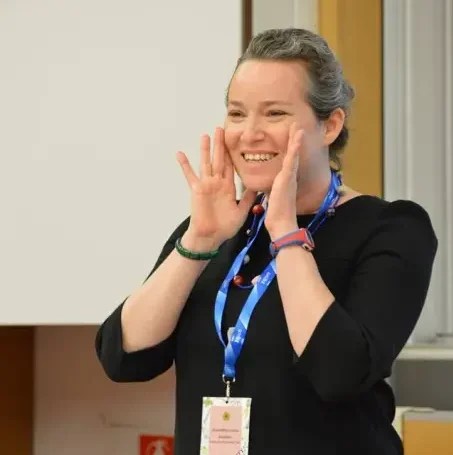

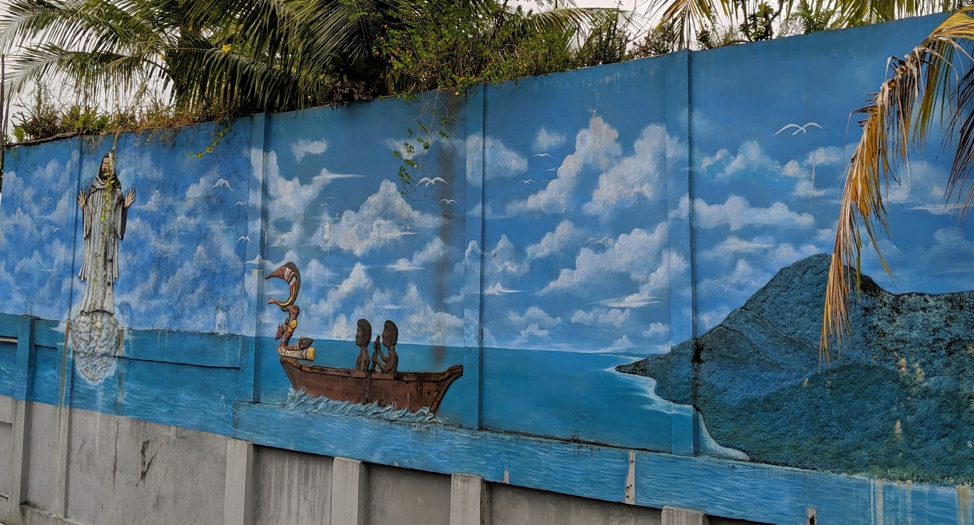
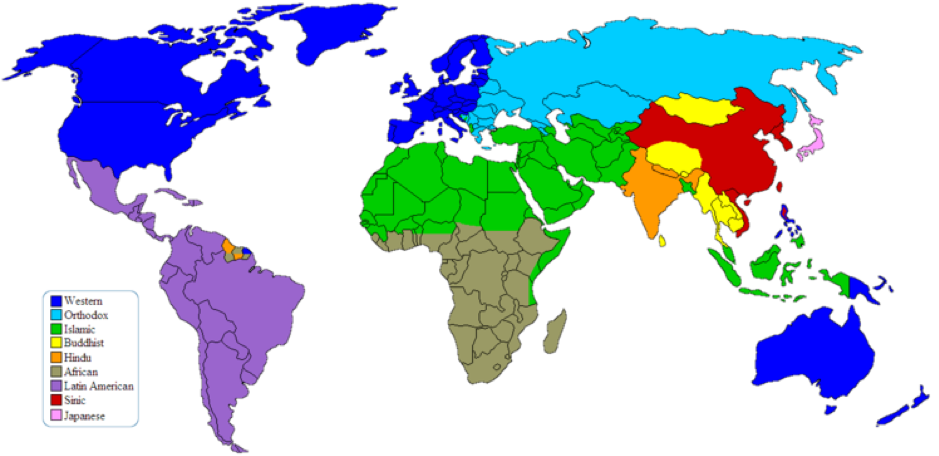
 The last post in
The last post in 
 The third post in
The third post in  The second post in
The second post in